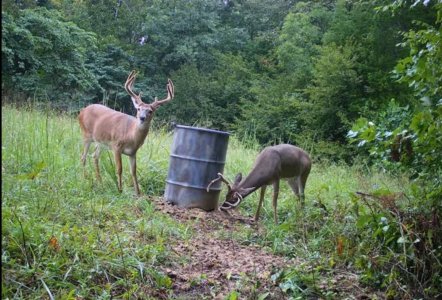The closest place to Dayton I found is:
SOYBEAN MEAL For the further manufacture of feed Guaranteed Analysis Crude Protein (Min)………………………….46.0% Crude Fat (Min.)….…………………………...0.5% Crude Fiber (Max.)………………………...….3.5% Ingredients Soybean Meal Feeding Instructions Feed as source of protein Manufactured By Brubaker Grain 307 W. Center...

brubakergrain.com
Scoular and Cargill have some facilities not far from Dayton, but I have not contacted them to see if I can get defatted soybean meal. I am not sure where you are located, but there is a place not too far from Columbus you could call:
Central Ohio Soy is proud to offer all-natural soy products for many species. We currently provide nutrition for Dairy, Swine and Poultry. Please contact us to find out more and talk with our nutritionists about how these products can benefit your livestock and your bottom line!

www.centralohiosoy.com
I will mix the soy meal with corn in Ohio and with Alfalfa hay in Ontario.
Everything molds eventually. Acorn rage tends not to mold quickly because it contains calcium carbonate. I assume cracked corn and soy meal are more prone to mold if they get a lot of rain. If the deer don't eat it and it gets rained on, i will simply stop feeding it for a while.





